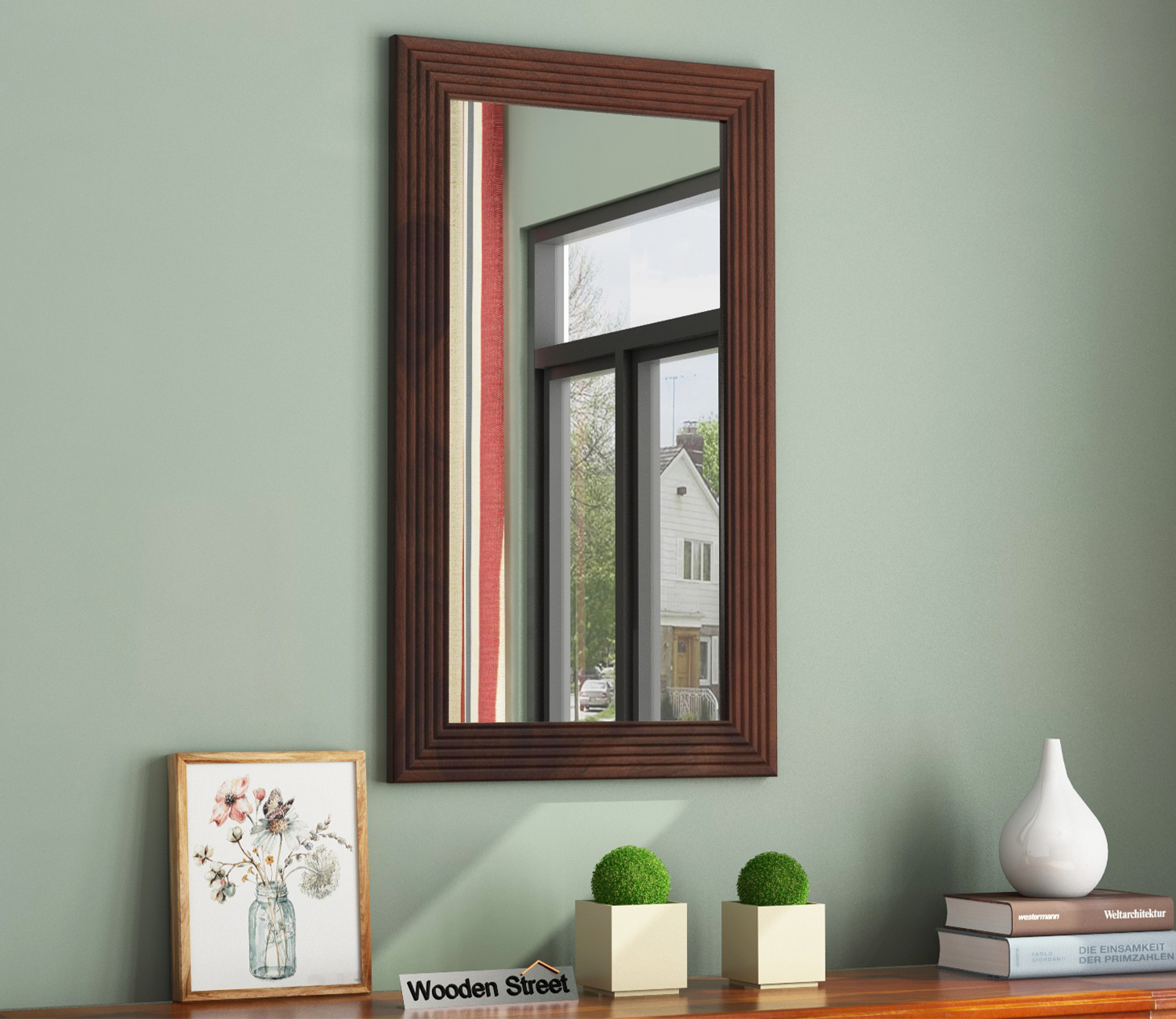
Hanging a wall mirror can instantly elevate the look of any room, adding depth, light, and style. However, improper installation can lead to accidents or damage to your walls. Whether you’re mounting a mirror on drywall, plaster, or a wooden surface, following the right steps ensures a secure and level placement.
Tools & Materials You’ll Need
Before starting, gather these essentials:
-
Measuring tape
-
Pencil
-
Level
-
Stud finder (for heavy mirrors)
-
Wall anchors (if not mounting into studs)
-
Screws and brackets (usually included with the mirror)
-
Drill or screwdriver
-
Hammer (for picture hooks, if needed)
Step-by-Step Guide to Hanging a Wall Mirror
1. Choose the Right Location
Consider both function and aesthetics:
-
Height: For dressing mirrors, hang it at eye level (around 60 inches from the floor).
-
Lighting: Avoid glare from direct sunlight or harsh overhead lights.
-
Wall Type: Wooden walls (like a wooden street sign or paneling) may require different anchors than drywall.
2. Locate Studs or Use Anchors
-
For heavy mirrors, secure them into wall studs for maximum support. Use a stud finder to locate them.
-
If no studs are available (or for lighter mirrors), use wall anchors to distribute weight.
-
For wooden walls (like a solid wooden street sign or paneling), screws can often go directly into the wood without anchors.
3. Mark and Measure
-
Hold the mirror against the wall and lightly mark the top edges with a pencil.
-
Use a level to ensure your markings are straight.
-
If using a wire or D-ring hanger, measure the hanging distance from the top of the mirror.
4. Install Hanging Hardware
-
For a wooden street or solid wood wall:
-
Pre-drill small pilot holes to prevent splitting.
-
Screw in brackets or hooks securely.
-
-
For drywall:
-
Install wall anchors first, then screw in the mounting hardware.
-
-
For heavy mirrors:
-
Use a French cleat or J-hooks for extra stability.
-
5. Hang the Mirror
-
Carefully lift and align the mirror with the installed hardware.
-
Double-check with a level before letting go.
-
For added security, apply adhesive strips (for lightweight mirrors).
6. Final Adjustments
-
Step back and ensure the mirror is straight and at the desired height.
-
Tighten any loose screws if needed.
Bonus Tip: Styling with a Wooden Street Vibe
If you’re going for a rustic or vintage look (like a wooden street sign aesthetic), consider:
-
Using reclaimed wood brackets for a weathered charm.
-
Pairing the mirror with industrial-style hooks or black iron hardware.
-
Adding fairy lights or sconces around the mirror for a cozy glow.
Conclusion
Hanging a wall mirror doesn’t have to be complicated. By choosing the right hardware, measuring carefully, and ensuring proper support, you can achieve a professional-looking installation—whether on drywall, plaster, or a stylish wooden street-inspired wall.